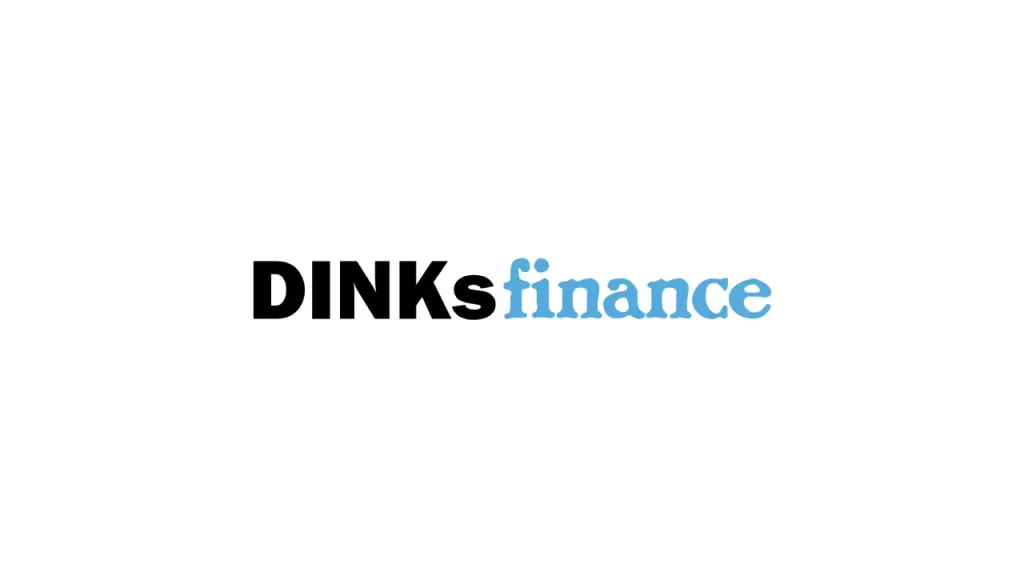
In my last post I reviewed John Maynard Keynes the man. Today I will be talking about his economic theory, commonly referred to as “Keynesian Economics”. Later this week I will be wrapping it up with a discussion on how his economic theories have impacted our modern economic policies. Keynesian Economics is a huge area, and I certainly can’t give a detailed description of the entire school of thought in a single blog post, but I’ve tried to hit the points most relevant to our current situation.
The Main Idea
As its name suggests, Keynesian Economics is the set of macroeconomic theories attributed to John Maynard Keynes. Essentially, Keynesian Economics states that it is the government’s responsibility to manage its economy’s market cycles, in both good times and in bad. In bad times, the government is responsible for stimulating the economy by spending money and issuing tax breaks, and in good times, the government is responsible for controlling inflation by cutting its spending and increasing taxes. This, Keynes argued, would help ensure economic stability throughout all economic cycles.
A Break from the Past
Prior to Keynes, the prevailing economic theory was referred to as “laissez-fair capitalism”. A hands-off approach; this set of principles forbade the government from getting involved, arguing instead that a free and completely open market would regulate itself, producing the best possible economic situation. This idea of a self-regulating market took a huge hit at the onset of the Great Depression, at which time economists around the world scrambled to devise complicated theories to explain this horrible economic situation.
Impact on History
Keynes however, rebuffed the assumption that the explanation for what was happening to the world’s market must be complicated, instead arguing on behalf of an explanation so simple that U.S. President Franklin Roosevelt would later dismiss it outright, calling it “Too easy”. Keynes’ explanation stated that during a time of economic prosperity, the unemployment rate is low, and the normal rates of earning and spending money hold. Those two factors establish a cyclical relationship. I work a job to earn money, which I then spend at your company, which pays your salary, which allows you to spend money at my company, which pays my salary, etc… This works fine until something breaks the chain. That something could be anything: a run on banks, a natural disaster, the threat of war, political unrest, a gluttony of goods being produced, or an unnecessarily tight hold on the money supply by the Federal Reserve. The last possible scenario is the most popular one used when attempting to explain the primary reason for the start of the Great Depression. Regardless of the reason, this event affects consumer confidence in a big way, causing people to lower their spending rate and increase their savings rate. Because of the inter-dependent relation between spending and earning described above, that decision sets off a chain reaction, where more people hold on to their money and the flow of money through the economy screeches to a halt, leading to economic stagnation and skyrocketing unemployment. The end result is a recession, in which case Keynesian economic theory dictates that the government should step in and increase the flow of money. A depression however, is much more severe, and is the case where consumers (and businesses) either refuse to spend their money or are so capital-starved that they are completely unable to, regardless of how much the government is willing to increase the money supply. When that is the case, Keynes argued that it is now the government’s role to step in and act like a consumer, spending money to loosen the tightened liquidity. This is commonly referred to as “priming the pump”. Initially rejected by world leaders, Keynes’ theory was eventually adopted and was met with rousing success. After World War II, Keynes’ theories about the relationship between unemployment and inflation, as well as his theories on the government’s influence over the economy, grew to be more formalized as nations adopted his theory into policy.
Keynes Today
Although much of his theories are highly contentious, many of his ideas have been shown to be accurate predictors of economic realities. For example, Keynes argued that wages, and prices as a whole, do not have the capacity to quickly respond to changes in the supply and demand dynamic of a given market sector. That limited flexibility, a fact even acknowledged by some of Keynes’ harshest critics, inevitably result in period of labor (and goods) shortages and surpluses. These periods of shortages and surpluses cause the economic instability that we’re all familiar with. Most relevant to our current economic situation, Keynesian Economics supports an interventionist policy when the economy demands it. As discussed above, this is done to smooth out the ups and downs of the economy, and make it more stable long term. Keynes did not support fine-tuning an economy, rather, he believed that the government should intervene in the hopes of changing the general direction that the economy is heading. Keynesians believe fine-tuning the economy is an impossible endeavor, and attempting to do so would only cause more harm than good. However, he argued that the government knew enough about the state of a given economy and was powerful enough to enact real positive, large-scale change as necessary.
Keynesian Economics became the dominant economic policy after World War II, a reign that persisted, nearly unopposed until the neo-classical movement of the late 1970s and 1980s. Lately, Keynesian Economics has seen a new energy, as the world’s markets struggle to address the issues brought about by the global recession we’re experiencing now.
In my next post I’ll discuss how Keynesian theories are being apply present day. Stay tuned!
-Michael


No Comments yet!